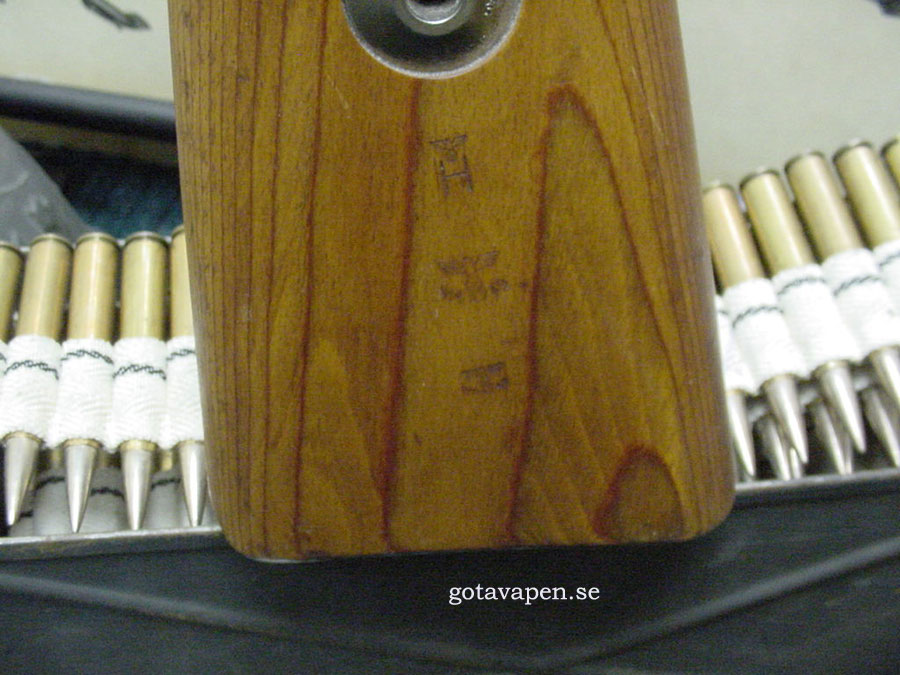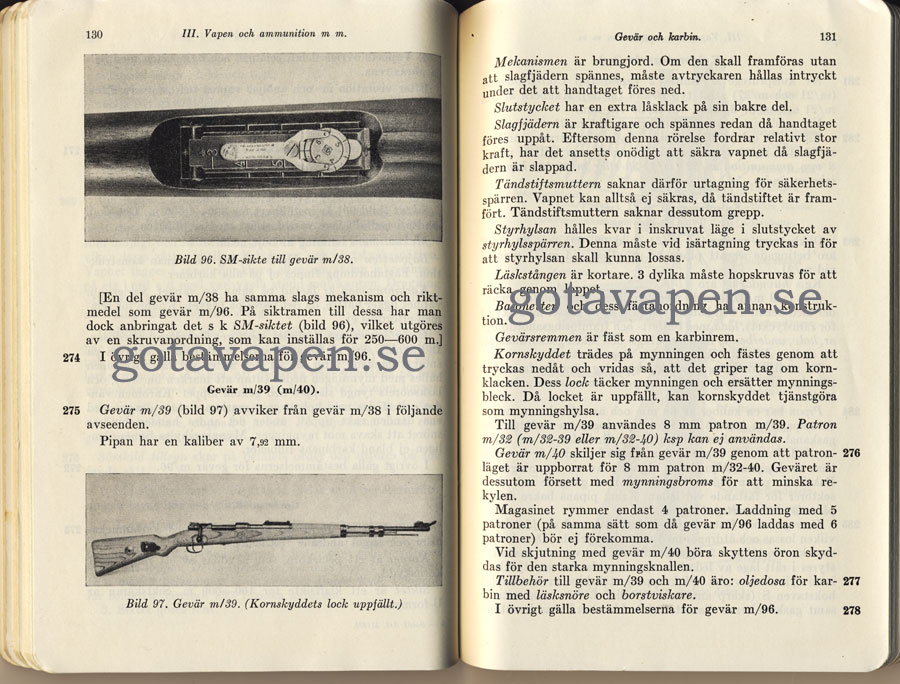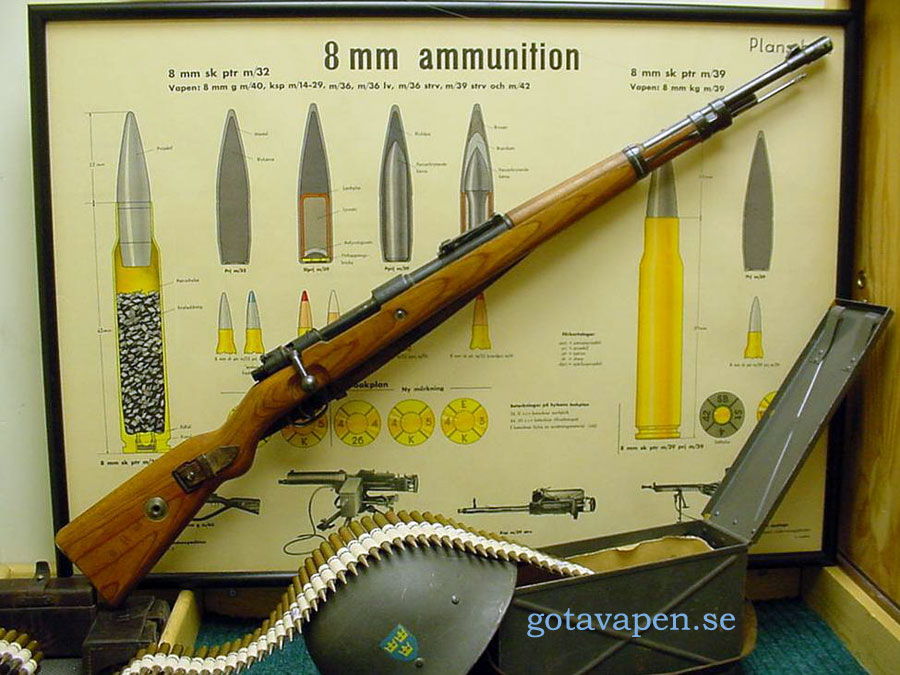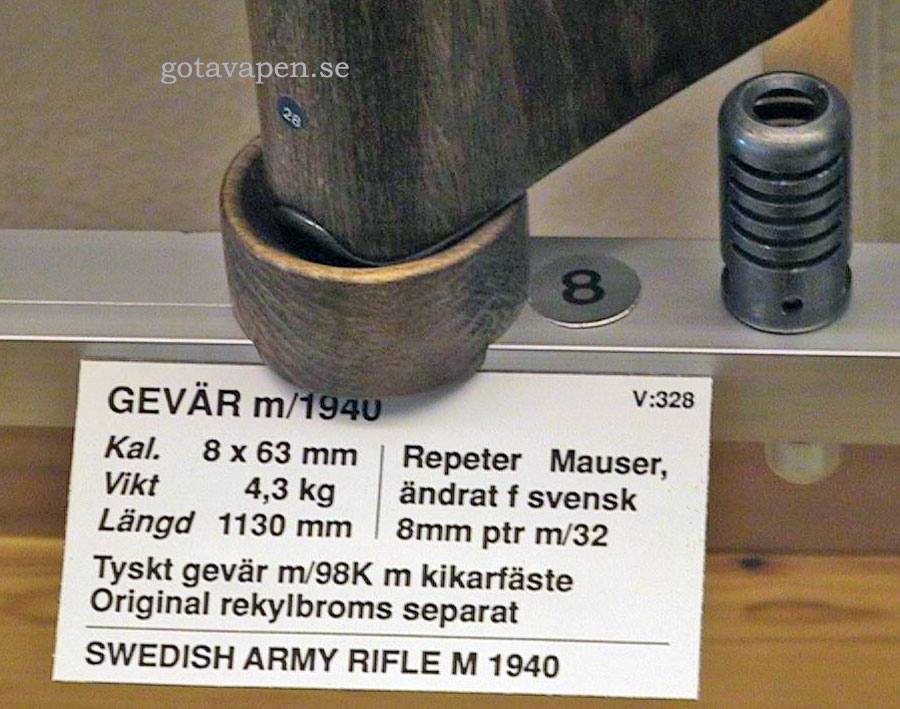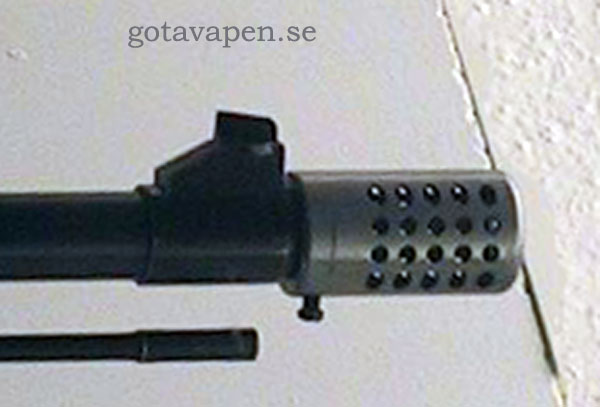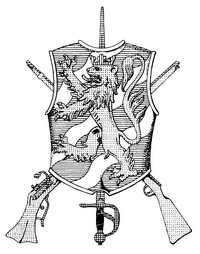|
References:
Colonel
Stellan Bojerud, Sweden
War Archive
Stockholm
Arkiv 062 C Arméförvaltningens Tygdepartement. Civilbyrån. Kontrakt. Signum E II
a Vol 1.
Arkiv 006 H
Arméfärvaltningens Tygdepartement.
Första materielbyrån.
Inkommande och utgående skrivelser 1937-1942. Signum F Vol 18.
Arkiv 224
H Carl Gustafs Stads Gevärsfaktori. Utgående skrivelser 1931-1943. Signum B Vol
2-6.
Heeresdienstvorschrift (H.Dv. 130/2a)
Reibert / Der Dienstunterrcht im Heere. Ausgabe für
den Schützen der
Schützenkompanie.
Jahrgang 1940. Mittler & Sohn, Berlin 1940
Datenblätter für Heeres-Waffen, - Fahrzeuge und -
Gerät im Auftrag des Reichsrninister für
Rüstung und Kriegsproduktion.
Faksimilutgåva Nürnberg 1976.
Grenzschutzdiensvorschrift 9101 "Der
Karabiner 98 k" E.S. Mittler & Sohn G.m.b.H. Darmstadt 1951.
GDV 9301 "Das Reinigungsgerät 34 und seine
Anwendung für Karabiner, MG. und Pistole"
E.S. Mittler & Sohn G.m.b.H.
Darmstadt 1951
Särtryck ur truppslagens soldatinstruktioner
1941. Landförsvarets Kommandoexpedition, Bokdetaljen Stockholm 2
Hans-Dieter Götz / Die deutschen Militärgewehre
und Maschinenpistolen 1871-1945.
Motorbuch Verlag Stuttgart 1974
Brandt, Hamann, Windisch / Die Militärpatronen
Kaliber 7,9 mm ihre Vorläufer und Abarten.
Journal Verlag Schwend G.m.b. H.
Schwäbisch HaIl 1981
Karl Fischer / Waffen- und Schiesstechnischer
Leidaden für die Ordnungspolizei.
Erschienen 1944 bei R. Eisenschmidt, Berlin
Photomechanischer Nachdruck.
Akademische Druck-
u. Verlagsanstalt Graz 1975.
|


